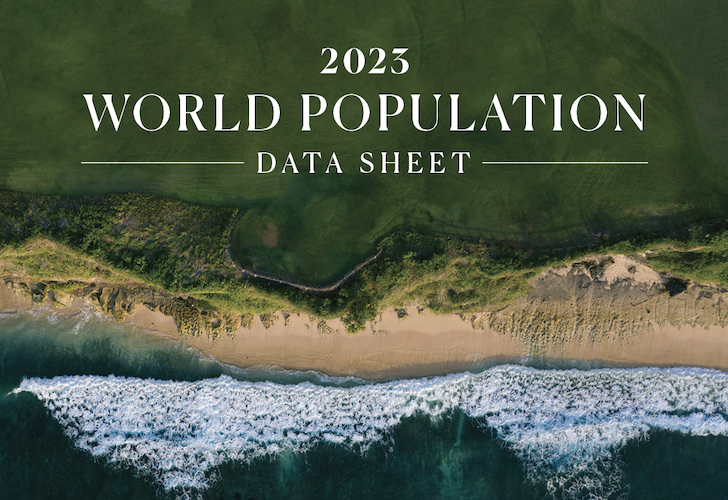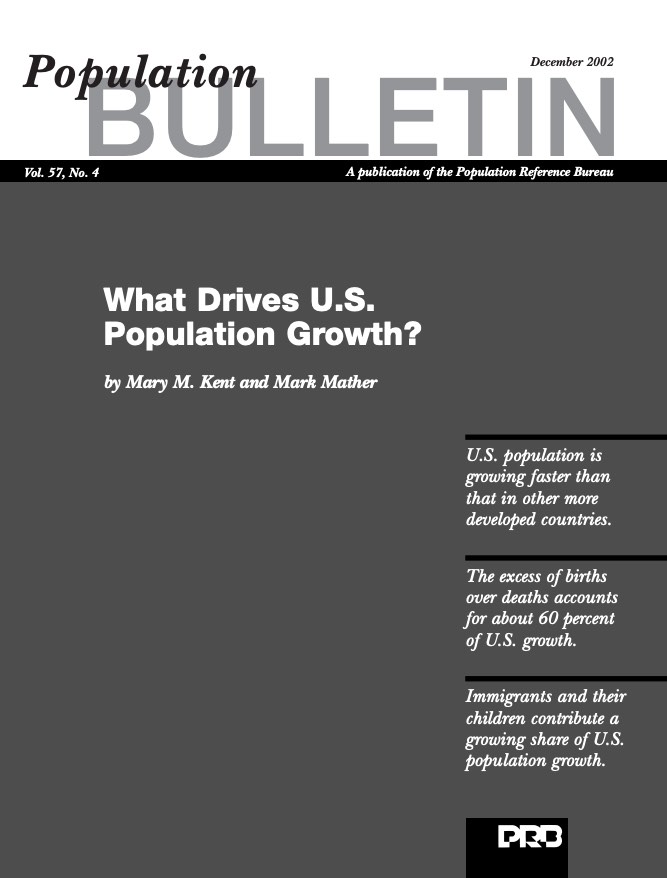What Is a City? What Is Urbanization?
In 2008, the United Nations announced that 50 percent of the world's population now lives in urban areas, a milestone in demographic history.
In 2008, the United Nations announced that 50 percent of the world's population now lives in urban areas, a milestone in demographic history.
The Fred H. Bixby Forum: A Scientific Investigation of the Impact of Global Population Changes on a Divided Planet

Highlights From the 2023 World Population Data Sheet
(2008) Unauthorized migration is a major issue in the United States and many other countries, sometimes generating intense publicity and debate.
Since 2006, the World Economic Forum has issued a Global Gender Gap Index to review gender-based disparities around the world and track progress in closing the gap in four areas: educational attainment, health, economic participation, and political empowerment.

(2002) The U.S. population is growing as fast as or faster than any other more developed country. Between 1990 and 2000, nearly 33 million people were added to the U.S. population—a group nearly as large as Argentina's population, and the greatest 10-year increase ever for the country.

(2009) Unique events, political climates, and social and economic conditions shape each new generation in every society.
"The World in 2050: A Scientific Investigation of the Impact of Global Population Changes on a Divided Planet" was held in Berkeley, Calif., on Jan. 23 and 24, 2009.
(2009) Speculation has been rife in the media on the possible effect of the current recession on the U.S. birth rate. In January of this year posed this same question but now, at mid-year, unemployment is approaching 10 percent for the first time in over a quarter century, the housing "bubble" has truly burst, banks and industries that have been pillars of the economy have gone bankrupt, and consumer confidence has reached one of its lowest points in the past 50 years.

Project: Center for Public Information on Population Research (CPIPR)
(2020) Older Americans on average have a higher level of age-related health problems than their counterparts in Europe and many other countries (see table).